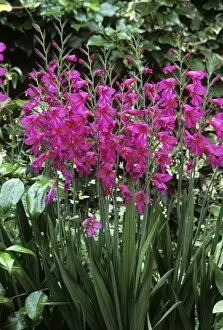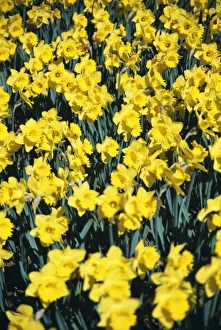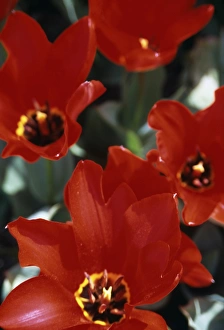Monocotyledons Collection (page 18)
Monocotyledons, also known as monocots, encompass a diverse range of plants that exhibit fascinating characteristics. From the enchanting Bluebells (Hyacinthoides sp
All Professionally Made to Order for Quick Shipping
Monocotyledons, also known as monocots, encompass a diverse range of plants that exhibit fascinating characteristics. From the enchanting Bluebells (Hyacinthoides sp. ) carpeting woodlands with their vibrant hues to the Field of Meadow saffron crocus (Colchicum autumnale) bravely sprouting amidst cow dung in Mohacs, these plants never cease to amaze us. One remarkable example is Darwin's Orchid (Angraecum sesquipedale), a species exclusively pollinated by a long-tongued moth. This intricate relationship between plant and insect showcases nature's ingenuity at its finest. In the meadows, we are greeted by Lapwings (Vanellus vanellus), Golden plover (Pluvialis apricaria), and Wigeon (Anas penelope) gracefully coexisting with Spring Crocus Norfolk february and Early purple orchids {Orchis mascula} in flower at Cressbrook Dale. These monocots add splashes of color to the landscape while providing essential habitats for various wildlife. Delighting our senses with their sweet fragrance, Freesia flowers (Freesia sp. ) and Amaryllis (Hippeastrum sp. ) captivate our hearts. Meanwhile, Lily of the valley (Convallaria majalis) enchants us twice over with its delicate blooms appearing not once but twice in this captivating collection. Peony-flowering tulips (Tulipa sp. ), standing tall like regal monarchs among other garden inhabitants, demand attention with their flamboyant petals. And let us not forget about Allium giganteum flower head—truly living up to its name as it towers above all else in size and grandeur. Monocotyledons continue to mesmerize us with their diversity and unique adaptations. Whether they bloom underfoot or tower above our heads, these plants remind us of the endless wonders that nature has to offer.
















